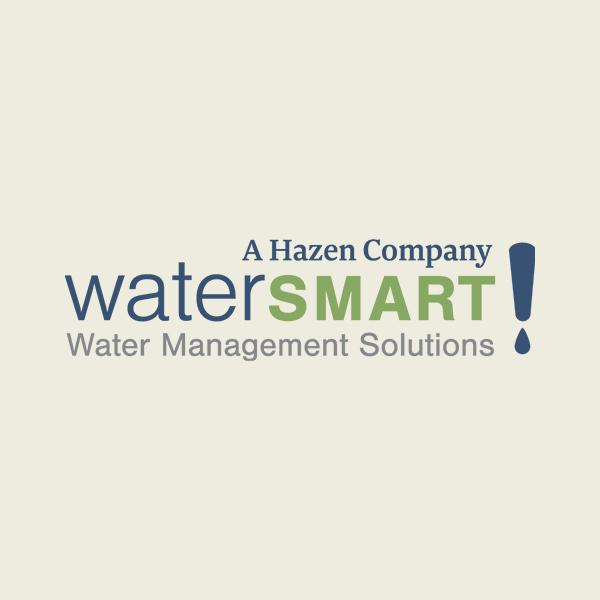MWRA Nut Island Odor Control – Technology to Maintain Operations and Access Through Construction
The 360 MGD Nut Island Headworks Facility, constructed as part of the Boston Harbor Project by the Massachusetts Water Resources Authority (MWRA), was brought online in 1998 to remove screenings and grit from wastewater flows prior to sending them to the Authority’s Deer Island Treatment Facility. The facility is located on Nut Island in Quincy, Massachusetts, and was constructed largely underground to facilitate the creation of parkland on the property above. The Nut Island park has become a gem of the local community, used by runners, dog walkers, fishermen and others seeking to enjoy the sweeping views of Boston’s harbor and skyline. The facility includes a large underground odor control system that treats over 100,000 CFM of odorous air, and, at 20+ years of age, has reached the end of its useful life. This presentation will explore how Hazen and the Authority utilized traditional technology (such as influent and effluent airflow sampling, analysis of historical data, and ambient odor sampling) and new (such as 3D laser scanning, and 4 dimensional design) to determine the best options for replacement of the odor control system and stage construction, allowing the facility to continue operating, while upgrading the systems operational flexibility and redundancy, and limiting disturbance to the public park above. The presentation will focus on the use of 3D laser scanning and 3 and 4 dimensional design, to facilitate the staging of specific construction tasks to ensure that the Nut Island Facility continuously provides adequate ventilation, while preventing the release of odorous air to the surrounding community and park. In addition, it will explore how this approach resulted in a construction contract that allows the community to continue to access and enjoy the surrounding park.







